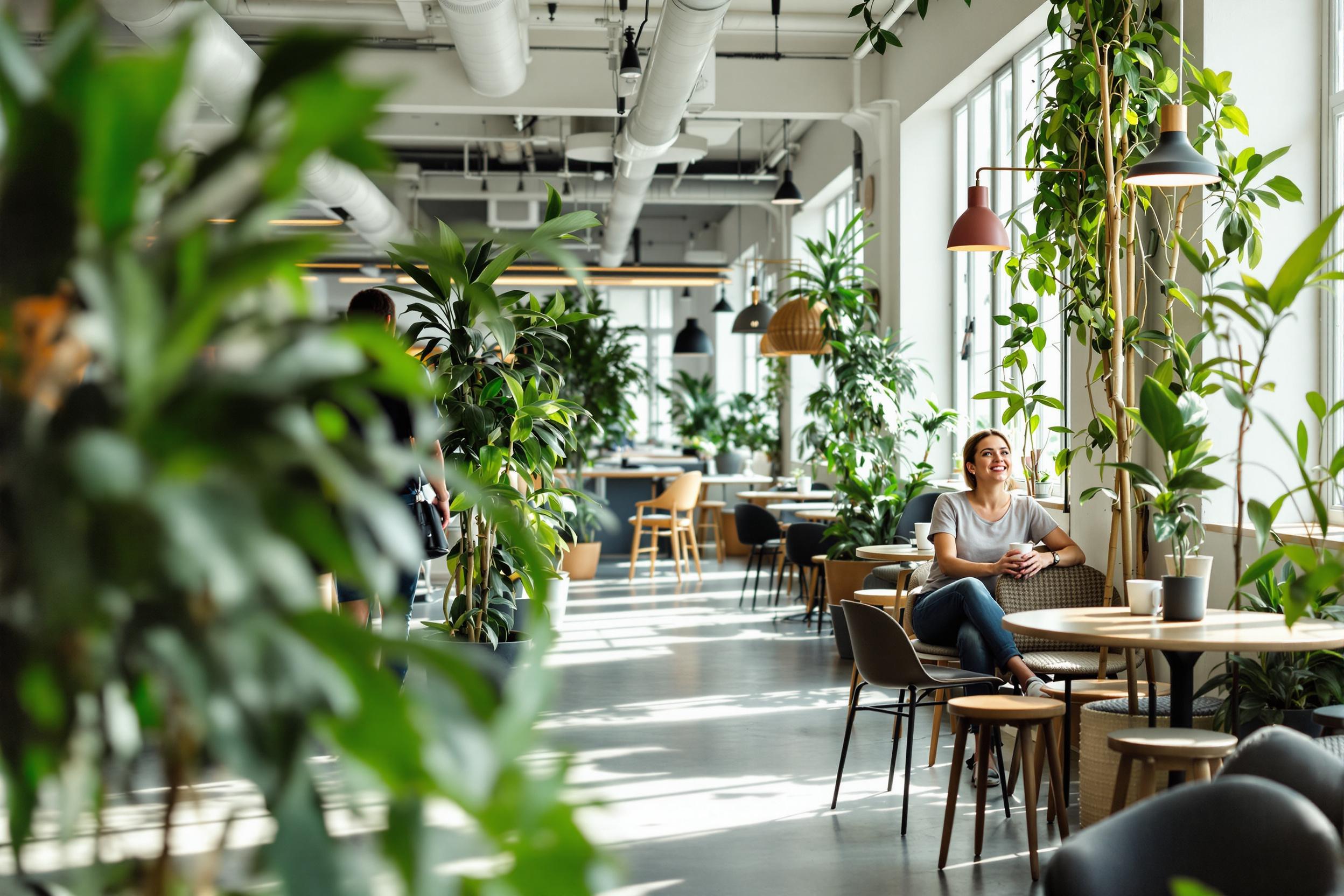
Sustainability
Sustainability in architecture refers to designing and constructing buildings that are environmentally responsible and resource-efficient throughout their entire lifecycle. This includes using eco-friendly materials, minimizing energy consumption, and reducing environmental impact. Architects who specialize in sustainability focus on creating buildings that not only look good but also help protect the environment, save energy costs, and promote healthy living spaces. Similar terms you might see include "green building," "eco-friendly design," or "environmental design." This approach has become increasingly important as companies and governments worldwide push for more environmentally conscious construction practices.
Examples in Resumes
Led team in achieving LEED Gold certification through implementation of Sustainability measures in office complex design
Developed Sustainable building solutions that reduced energy consumption by 40%
Integrated Sustainability practices and Sustainable Design principles in residential projects
Typical job title: "Sustainability Architects"
Also try searching for:
Where to Find Sustainability Architects
Professional Organizations
Online Communities
Job Resources
Example Interview Questions
Senior Level Questions
Q: How have you implemented sustainability strategies in large-scale projects?
Expected Answer: Look for answers that demonstrate experience managing comprehensive sustainable design projects, knowledge of certification processes like LEED, and ability to balance environmental goals with budget constraints. They should mention specific examples of successful sustainable projects they've led.
Q: How do you stay current with evolving sustainability regulations and best practices?
Expected Answer: Strong answers should mention specific professional memberships, continuing education, regular review of environmental regulations, and participation in sustainability-focused organizations or conferences.
Mid Level Questions
Q: What sustainable materials do you commonly specify in your designs?
Expected Answer: Candidate should be able to discuss various eco-friendly building materials, their benefits and drawbacks, and show understanding of when to use different sustainable materials based on project requirements.
Q: Explain your approach to energy-efficient design in buildings.
Expected Answer: Look for knowledge of passive solar design, efficient HVAC systems, proper insulation, and understanding of how building orientation and materials affect energy usage.
Junior Level Questions
Q: What does LEED certification mean and why is it important?
Expected Answer: Should be able to explain that LEED is a green building rating system, its basic levels (Certified, Silver, Gold, Platinum), and its importance in modern sustainable architecture.
Q: What basic sustainability features would you include in a residential project?
Expected Answer: Should mention basics like energy-efficient windows, proper insulation, water-saving fixtures, and sustainable material choices.
Experience Level Indicators
Junior (0-3 years)
- Basic understanding of green building principles
- Familiarity with LEED certification requirements
- Knowledge of sustainable materials
- Basic energy-efficient design concepts
Mid (3-7 years)
- Experience with LEED certification process
- Implementation of energy modeling
- Sustainable material specification
- Water conservation strategies
Senior (7+ years)
- Leading large-scale sustainable projects
- Advanced energy-efficient systems integration
- Sustainability certification management
- Environmental impact assessment
Red Flags to Watch For
- No knowledge of current environmental building codes
- Lack of experience with green building certification processes
- No understanding of basic energy efficiency principles
- Unable to name specific sustainable materials or practices
Related Terms
Need more hiring wisdom? Check these out...

Future-Proof Your Workforce: Embracing Lifelong Learning

Employee Well-Being in 2025: Strategies for a Healthier, Happier Workforce

From Farewells to Future Allies: Transforming Exit Interviews into Lifelong Connections

